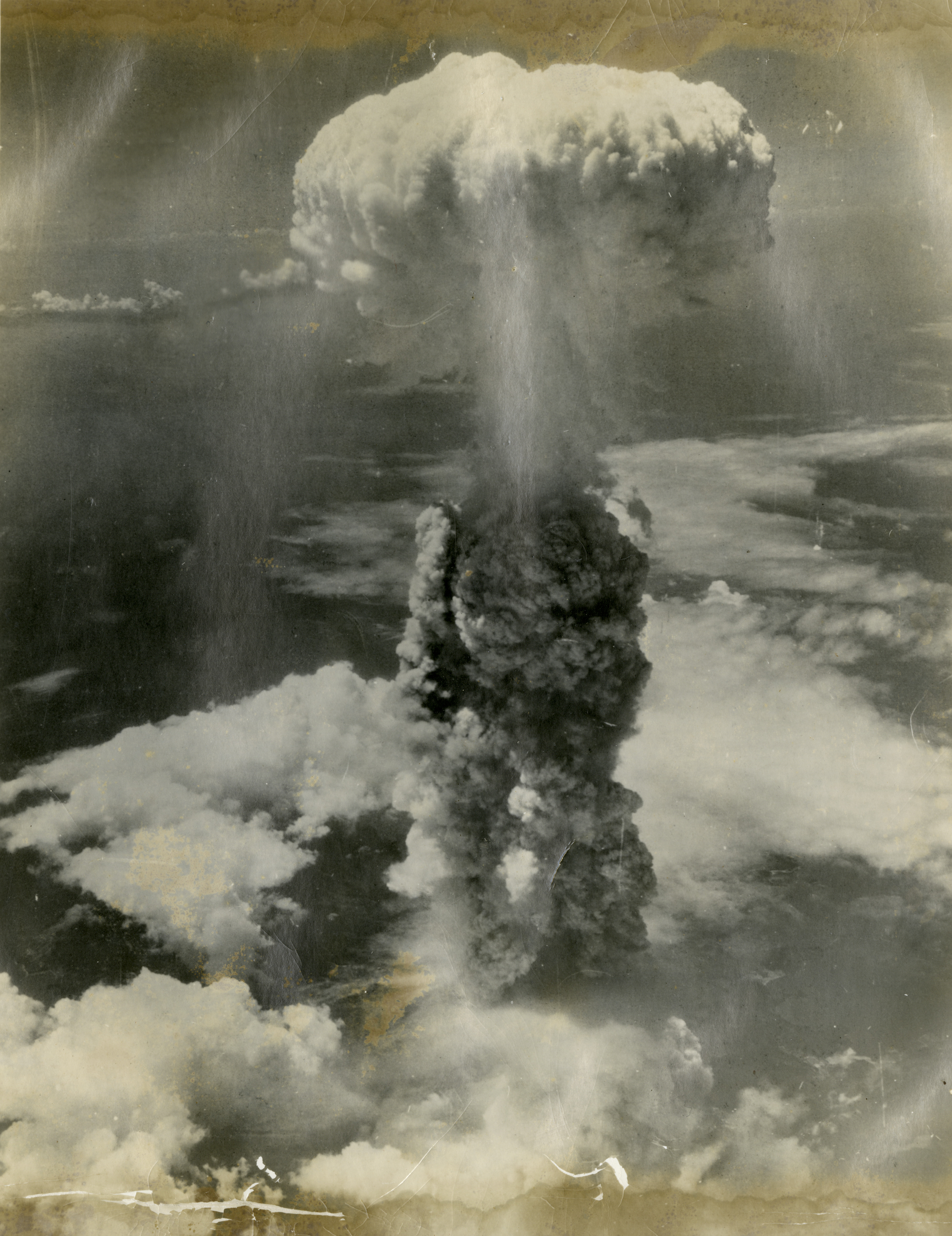The atomic bomb mushroom cloud is one of the most iconic images of the 20th century. It represents the immense power of nuclear weapons and the devastation they can cause. The mushroom cloud is formed when a nuclear bomb is detonated in the atmosphere, and it can be seen from miles away.
What is a mushroom cloud?
A mushroom cloud is a distinctive, mushroom-shaped cloud of smoke, debris, and vapor that forms after a nuclear explosion. The cloud is created by the sudden release of energy from the bomb, which heats the air and creates a powerful updraft. As the hot air rises, it carries with it dirt, debris, and other material, creating the iconic mushroom shape.
Why is the mushroom cloud so iconic?
The mushroom cloud is iconic because it represents the immense power of nuclear weapons. When the first atomic bombs were dropped on Hiroshima and Nagasaki in 1945, the world was changed forever. The mushroom clouds that rose over those cities were a stark reminder of the destructive potential of nuclear weapons.
How big can a mushroom cloud get?
The size of a mushroom cloud depends on the size of the bomb and the altitude of the explosion. A small bomb detonated close to the ground will produce a smaller mushroom cloud than a large bomb detonated at high altitude. The largest mushroom cloud ever recorded was created by the Tsar Bomba, a Soviet hydrogen bomb that was detonated in 1961. The cloud was over 40 miles high and could be seen from over 600 miles away.

What are the effects of a nuclear blast?
The effects of a nuclear blast are devastating. The initial blast wave can destroy buildings and cause widespread damage, while the heat and radiation can cause severe burns and radiation sickness. The fallout from a nuclear blast can also contaminate the environment, making it unsafe for years to come.
What is nuclear winter?
Nuclear winter is a hypothetical global climate event that could be triggered by a large-scale nuclear war. The smoke and debris from the explosions would block out the sun, causing temperatures to drop and leading to widespread famine and death. While the exact effects of a nuclear winter are unknown, it is considered to be one of the greatest dangers of nuclear war.

What is the current state of nuclear weapons?
Today, there are nine countries that possess nuclear weapons: the United States, Russia, China, France, the United Kingdom, India, Pakistan, Israel, and North Korea. While the number of nuclear weapons has decreased since the end of the Cold War, the threat of nuclear war remains a major concern.
Conclusion
The atomic bomb mushroom cloud is a powerful symbol of the destructive potential of nuclear weapons. While the world has made strides in reducing the number of nuclear weapons, the threat of nuclear war remains a major concern. It is important that we continue to work towards a world where nuclear weapons are not a threat to global security.